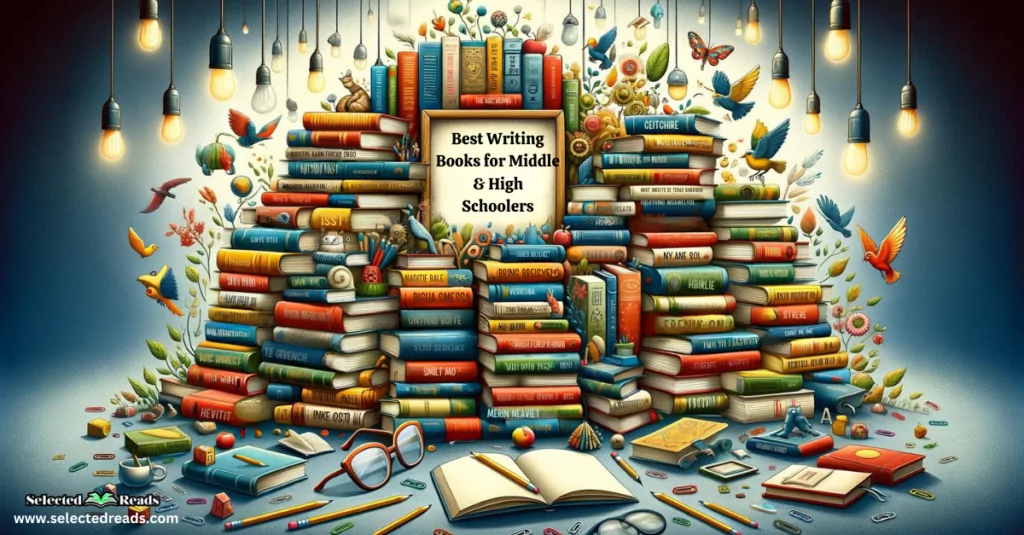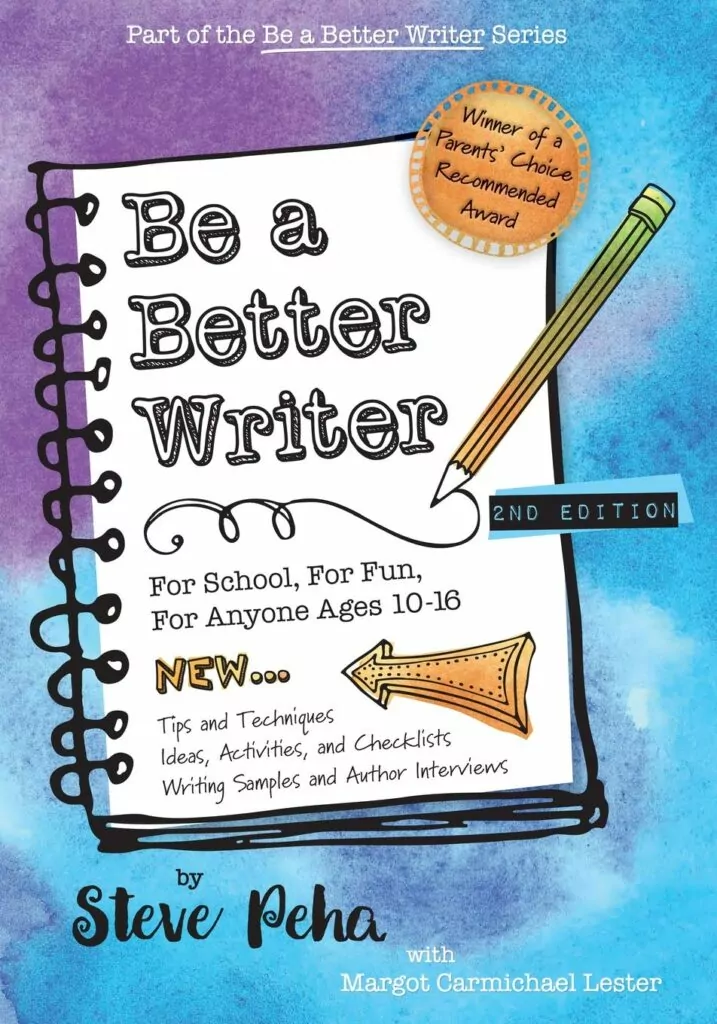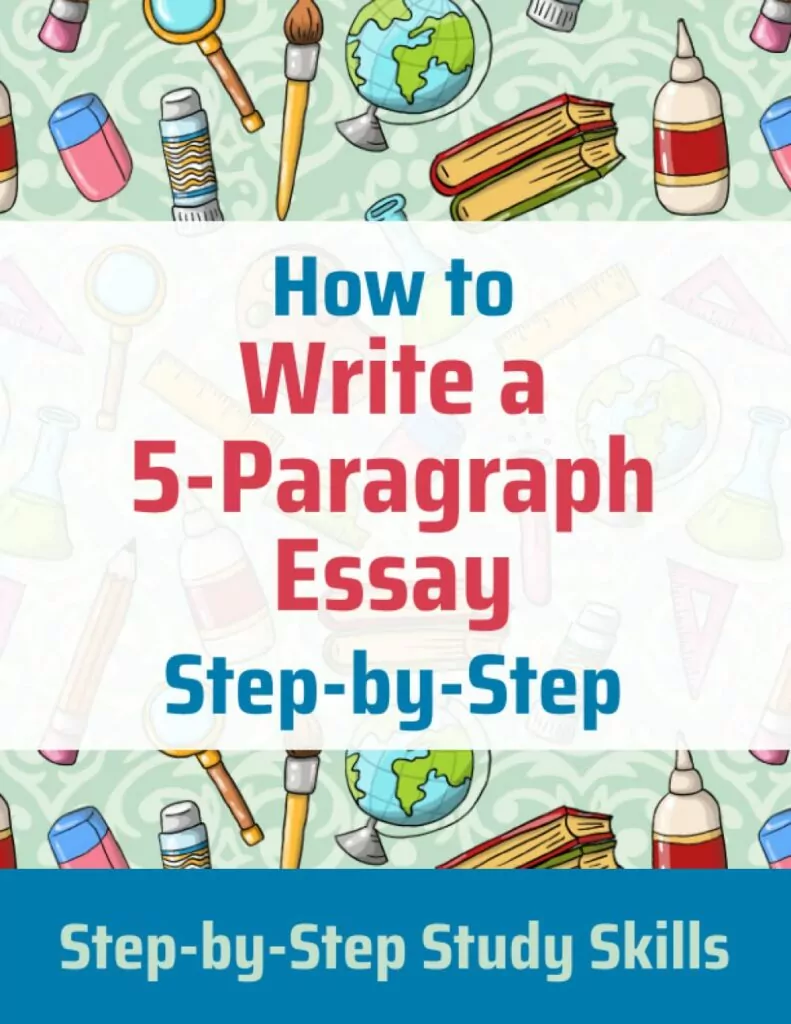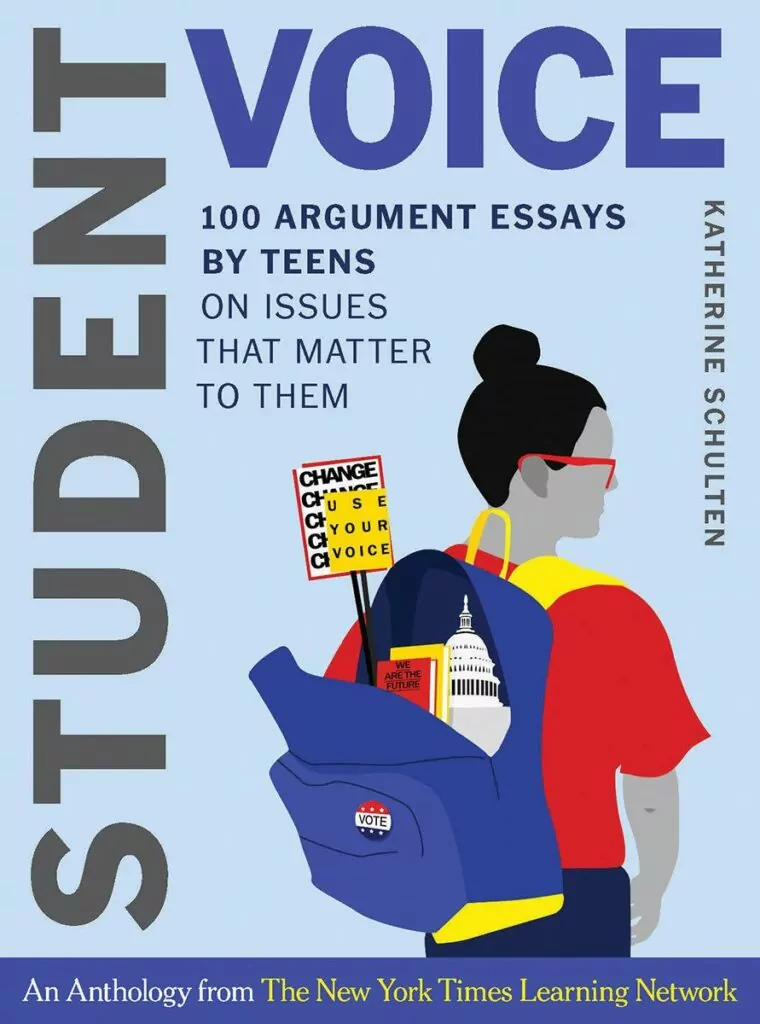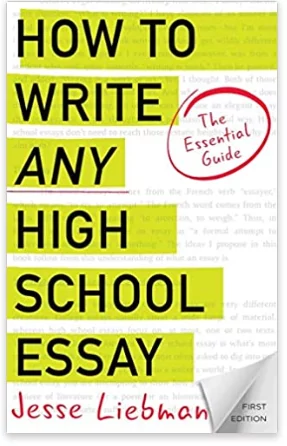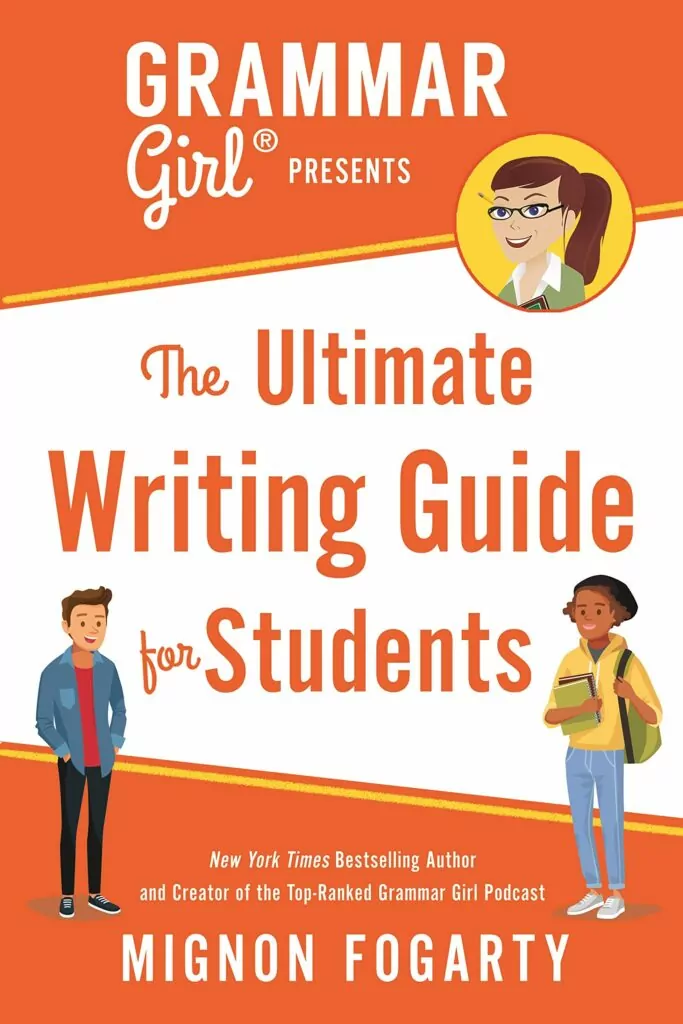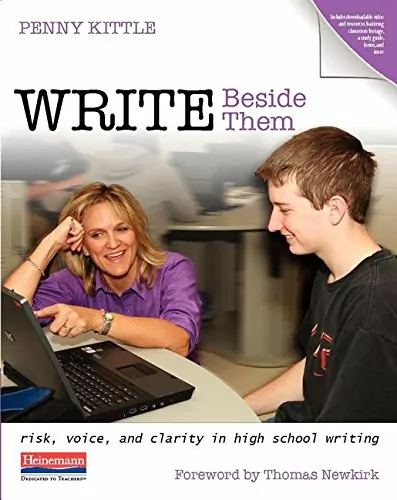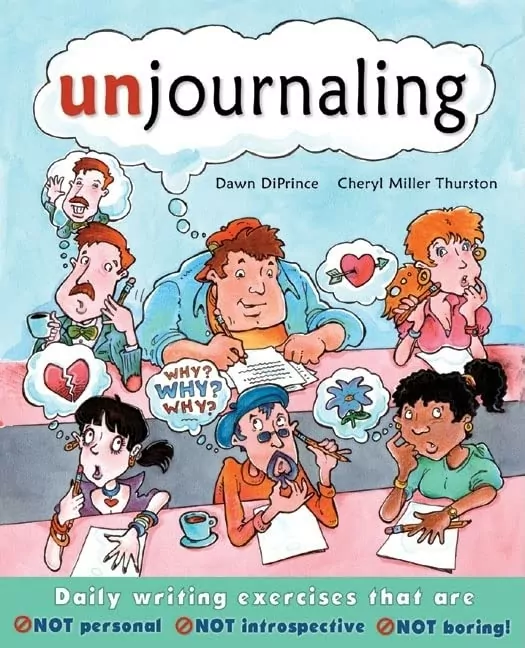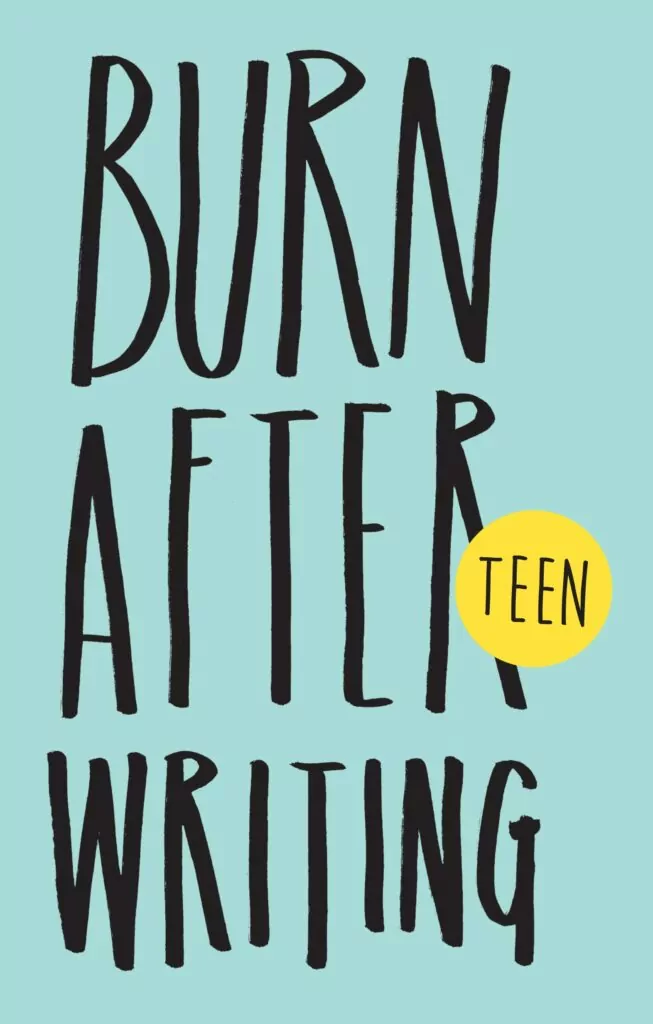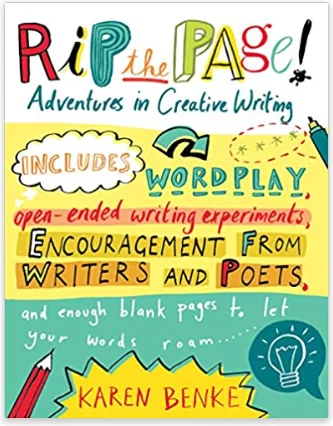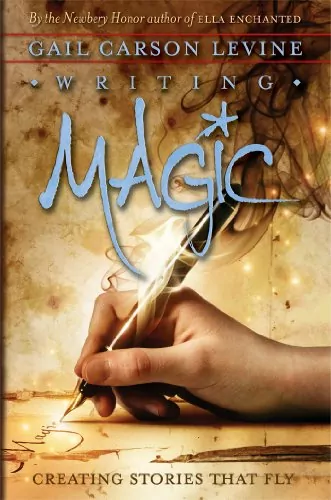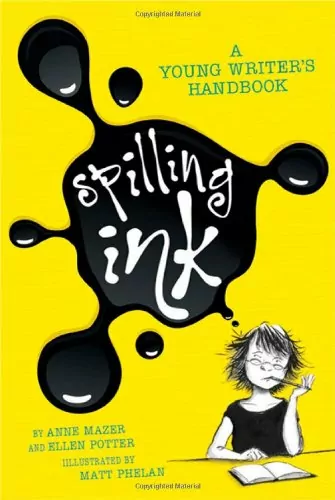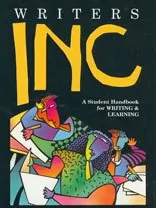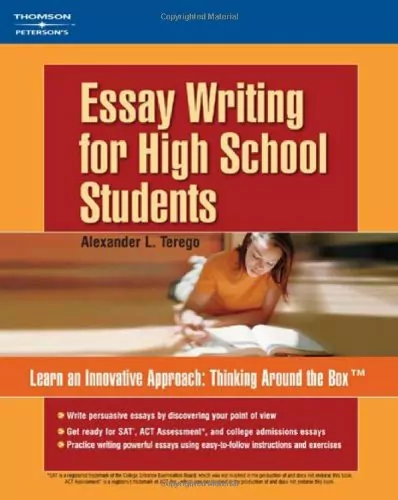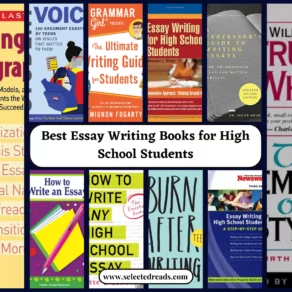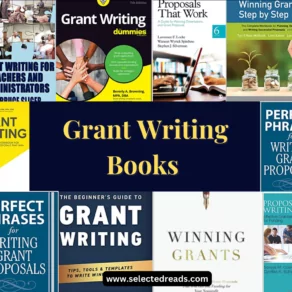Writing can be a daunting task for middle and high school students. I taught them for many years and I know exactly how they feel about it. I used to tell my students that to be a good writer you need to be a good reader. Unlike other literacy skills, writing is strictly related to reading, the more you read the better writer you become.
[Related: Best Essay Writing Books for High School Students]
With this in mind, I went ahead and curated this list of some very good writing books for middle and high school students. From the basics of essay-writing to finding one’s creative voice, these books offer valuable advice and guidance to improve students writing skills. Whether you’re a student yourself or a teacher of middle or high school students, these writing books will provide you with the resources and tools necessary for success.
Writing Books for Middle and High School Students
Here is our collection of writing books for middle and high school students:
1. Be a Better Writer: For School, For Fun, For Anyone Ages 10-15, by Steve Peha, Margot Carmichael Lester
Be a Better Writer: For School, For Fun, For Anyone Ages 10-15 is a book written by Steve Peha and Margot Carmichael Lester to help you become a better writer. This book walks through each of the three sections by providing tips and strategies that will improve your writing.
For school, it includes techniques like What-Why-How and Content-Purpose-Audience to analyze arguments more effectively. For fun, it includes The Five Facts of Fiction to strategize better story lines and description. Finally, the book encourages readers to find their voice, share their stories, and become a better writer now.
2. How to Write a 5-Paragraph Essay Step-by-Step: Step-by-Step Study Skills, by J Matthews
How to Write a 5-Paragraph Essay Step-by-Step: Step-by-Step Study Skills, by J Matthews is the perfect companion for any learner looking to improve their writing skills. Not only does this workbook provide a clear, step-by-step approach to essay writing, but it also gives students the confidence that they can master any essay assignment. This workbook covers all the essential aspects of an essay, from pre-writing to editing.
3. Student Voice: 100 Argument Essays by Teens on Issues That Matter to Them, by Katherine Schulten
Student Voice: 100 Argument Essays by Teens on Issues That Matter to Them, by Katherine Schulten is an anthology of essays written by young people on a variety of topics. This book not only provides an opportunity to learn from the perspectives of someone similar in age, but it is also a great way to understand the issues that are important to today’s teens.
The essays in this book cover topics such as technology, gender roles, gun control, and race. Each of the essays has been carefully selected to showcase both the student’s writing style and their ability to persuasively argue their point of view.
4. How To Write Any High School Essay: The Essential Guide, by Jesse Liebman
How To Write Any High School Essay: The Essential Guide, by Jesse Liebman, is a comprehensive guide to writing any high school essay, no matter the teacher or subject. It is grounded in the real-world experience of tutoring in New York City’s top schools and provides clear and creative guidance for high school writers at all levels, as well as middle schoolers looking to get ahead.
Liebman’s guide outlines the steps for writing an essay and provides sample essays to help writers develop their ideas, express them convincingly, and use their time effectively. Additionally, quick tips are provided throughout the guide to help writers stay focused and organized. How To Write Any High School Essay is essential for any student looking to excel in their English or History classes.
5. Grammar Girl Presents the Ultimate Writing Guide for Students, by Mignon Fogarty
Grammar Girl Presents the Ultimate Writing Guide for Students, written by Mignon Fogarty, is a comprehensive guide for all levels of students. With the help of this guide, readers will learn how to write proper sentences and punctuation, as well as how to use their own style of writing.
In the book, Fogarty provides grammar rules in a humorous and engaging style, as well as pop quizzes to help readers understand each lesson. The book will also cover grammar and punctuation in different contexts, such as the parts of speech and how to use them properly. Finally, the book contains a writing style guide chapter, so readers can learn how to write in their own style.
6. Write Beside Them: Risk, Voice, and Clarity in High School Writing, by Penny Kittle
Write Beside Them: Risk, Voice, and Clarity in High School Writing, by Penny Kittle is a comprehensive guide for English/language arts teachers on how to teach writing. It explains best practices, instructional frameworks, genre work, skills work, assessment techniques, and Penny’s own strategies.
She provides detailed teaching information, minilessons for students’ immediate needs, profiles of individual writers, study guide, reproducibles, writing samples from writers and students, suggestions on nurturing your own writing life, and a helpful FAQ.
7. Unjournaling: Daily Writing Exercises That Are Not Personal, Not Introspective, Not Boring!, by Dawn DiPrince, Cheryl Miller Thurston
Unjournaling: Daily Writing Exercises That Are Not Personal, Not Introspective, Not Boring! is an innovative book written by Dawn DiPrince and Cheryl Miller Thurston. In it, the authors provide 200 unique writing prompts that are entirely impersonal but still engaging for students of all ages.
For example, one prompt is “Explain a new invention that would make life easier for everyone” and another is “Write a bedtime story that all the world’s cultures could agree with.” Along with these questions, the authors provide sample responses to help readers visualize how to answer these questions.
8. Burn After Writing Teen. New Edition, by Rhiannon Shove
Burn After Writing Teen, by Rhiannon Shove is an interactive book designed to help young people explore who they are and who they want to be. It includes questions such as “What are your hopes and dreams for the future”, “What do you wish you had more time to do” and “What makes you unique?”
The book provides thought-provoking and inspiring activities, and encourages young people to be brave and open-minded in their responses. The book also offers an opportunity for teens to express themselves honestly, without having to worry about judgement from their peers. And at the end of it all, they can burn the book and start fresh. Burn After Writing Teen is a great tool to help teens explore their identity and learn more about themselves.
9. Rip the Page!: Adventures in Creative Writing, by Karen Benke
Rip the Page!: Adventures in Creative Writing, by Karen Benke is an instructional guide for unlocking creative writing potential. It includes exercises, prompts, and words to spark creativity and help writers break through writer’s block.
Readers are provided with lists of “big”, “small”, “gross-out”, and “favorite” words to help them come up with possibilities for their writing. In addition, Benke encourages readers to take dares and double-dares, which can be used to create outrageous paragraphs combining truth and lies. Finally, the book includes letters of encouragement from famous authors such as Annie Barrows, Naomi Shihab Nye, Lemony Snicket, and more.
10. Writing Magic: Creating Stories That Fly, by Gail Carson Levine
In Writing Magic: Creating Stories That Fly, Gail Carson Levine, a Newberry Honor author, provides aspiring authors with the tools they need to create captivating stories. She offers advice on generating ideas and developing characters, as well as how to craft compelling dialogue and beginnings and endings. Writing Magic also offers exercises to spark creativity and get over writer’s block.
Levine shares her wisdom with a unique, humorous voice that encourages aspiring authors to unlock their creative potential and use it to write stories that will stay in the hearts of readers. With Writing Magic, Levine promises readers they can bring their own special magic to the page and create unforgettable stories.
11. Spilling Ink: A Young Writer’s Handbook, by Ellen Potter, Anne Mazer
Spilling Ink: A Young Writer’s Handbook, by Ellen Potter and Anne Mazer, is an invaluable guidebook for aspiring young writers. It provides practical advice on how to find one’s voice, develop characters and plots, make revisions, and overcome writer’s block.
The authors include anecdotes from their own experiences as well as fun writing prompts to help jump-start projects. This book is filled with encouragement and guidance through every step of the writing process, making it an essential tool for young writers who are looking for their place in the literary world.
12. Writers INC: A Student Handbook for Writing and Learning, by Patrick Sebranek, Dave Kemper, Verne Meyer
Writers INC: A Student Handbook for Writing and Learning, by Patrick Sebranek, Dave Kemper, Verne Meyer is an invaluable resource for students and professionals alike. It covers everything related to writing, from the writing process to writing essays and research papers. It provides readers with guidelines, models, rules, and friendly advice to help them with their writing. T
he book also includes sections on reading, learning, speaking, and thinking to make it a comprehensive reference book. In addition to all the information provided, Writers Inc also contains full-color maps, useful tables and charts, and historical documents.
14. Essay Writing for High School Students, by Alexander L. Terego
Essay Writing for High School Students, by Alexander L. Terego is a comprehensive guide to help students write better essays. It encourages creativity and critical thinking by introducing a “thinking outside the box” approach.
The book provides tips on how to develop a point of view and includes step-by-step instructions, along with exercises and sample essays, to illustrate the techniques. It also includes strategies for developing an effective thesis statement and constructing a strong argument.
Final thoughts
In wrapping up this exploration of invaluable writing resources for middle and high school students, I hope you’ve discovered some gems to inspire and guide young writers on their journey. The books listed offer a treasure trove of advice, strategies, and exercises tailored to developing writers, each designed to illuminate the path from initial concept to polished piece. I highly recommend exploring these titles, whether you’re a student seeking to refine your craft or an educator aiming to inspire your charges.



